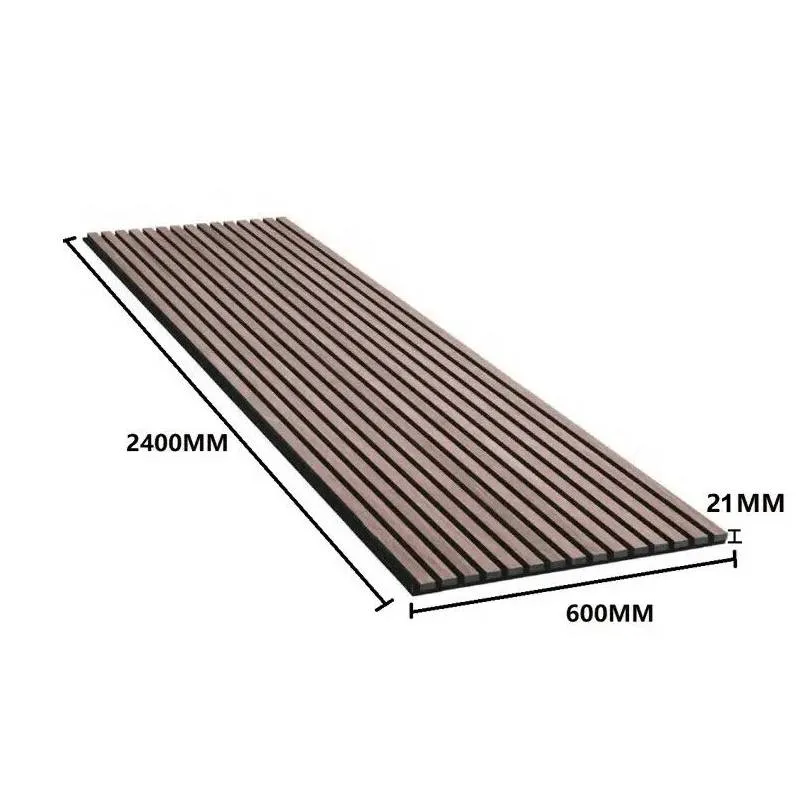Wood for Acoustic Panels A Comprehensive Guide
When it comes to controlling sound in any space, particularly in music studios, home theaters, and open offices, the choice of material plays a crucial role. One of the most popular and effective materials used for acoustic panels is wood. In this article, we will explore the benefits of using wood for acoustic panels, the types of wood commonly used, and some design considerations to keep in mind.
The Importance of Acoustic Panels
Acoustic panels are designed to absorb sound waves, reducing echoes and improving sound quality in a given environment. Without proper acoustic treatment, spaces can become overly reverberant, making it difficult to hear conversations or enjoy clear sound from audio sources. This is particularly critical in spaces like recording studios or venues for live music, where sound fidelity is paramount.
Why Choose Wood?
1. Aesthetic Appeal One significant advantage of using wood for acoustic panels is its natural beauty. Wood textures, colors, and grains can complement a wide range of interior designs, providing a warm and inviting atmosphere. Unlike synthetic materials, wood adds an element of elegance and sophistication to any space.
2. Sound Absorption Wood is a natural material that can effectively absorb sound waves when treated appropriately. Depending on the density and thickness, different types of wood can provide varying levels of sound absorption, making them suitable for diverse applications.
3. Sustainability In an age where environmental consciousness is critical, wood stands out as a sustainable choice. When sourced from responsibly managed forests, wood can be a renewable resource, reducing the carbon footprint compared to synthetic alternatives.
4. Versatility Wood panels can be engineered in various ways to enhance their acoustic properties. This includes perforation, shaping, and finishing, which can improve their absorption characteristics while still creating visually appealing elements in a space.
Common Types of Wood Used
Several types of wood are commonly used in the production of acoustic panels. Each offers unique acoustic properties and aesthetic qualities
wood for acoustic panels

1. Plywood Known for its strength and durability, plywood can be an excellent choice for acoustic panels. Its layered construction provides a balance between weight and acoustic performance, making it suitable for a variety of applications.
2. MDF (Medium Density Fiberboard) Although technically not solid wood, MDF is made from wood fibers and has good acoustic properties. It is often used in applications where thicker panels are needed since it can be manufactured in larger sheets.
3. Hardwood Species like oak, maple, and cherry not only serve as durable and aesthetically pleasing options but can also provide effective sound absorption when used appropriately. Their density allows for effective sound dampening, making them suitable for high-performance environments.
4. Softwood Pines and firs are examples of softwoods that can also be effectively used in acoustic panels. They are generally less dense than hardwoods, which allows for different acoustic properties and can be advantageous in certain applications.
Design Considerations
When designing with wood acoustic panels, several factors should be considered
- Panel Thickness Thicker panels generally provide better sound absorption, particularly for lower frequencies. Consider the types of sounds predominant in your space to determine the appropriate thickness.
- Mounting Techniques How the panels are mounted can affect their acoustic performance. Floating installations that allow air circulation behind the panels can enhance their absorption effectiveness.
- Finishes The choice of finish (stained, painted, or left natural) can impact both the acoustics and aesthetics of the panels. Some finishes may decrease sound absorption, so it’s essential to choose carefully.
Conclusion
Wood is an exceptional material for acoustic panels, combining beauty, sustainability, and effective sound absorption properties. Whether you are outfitting a recording studio, home theater, or office space, considering wood for your acoustic treatment can elevate not just the auditory experience but also the visual appeal of the environment. By understanding the various wood types and design considerations, you can make informed choices that meet your acoustic needs while creating a stunning space.
